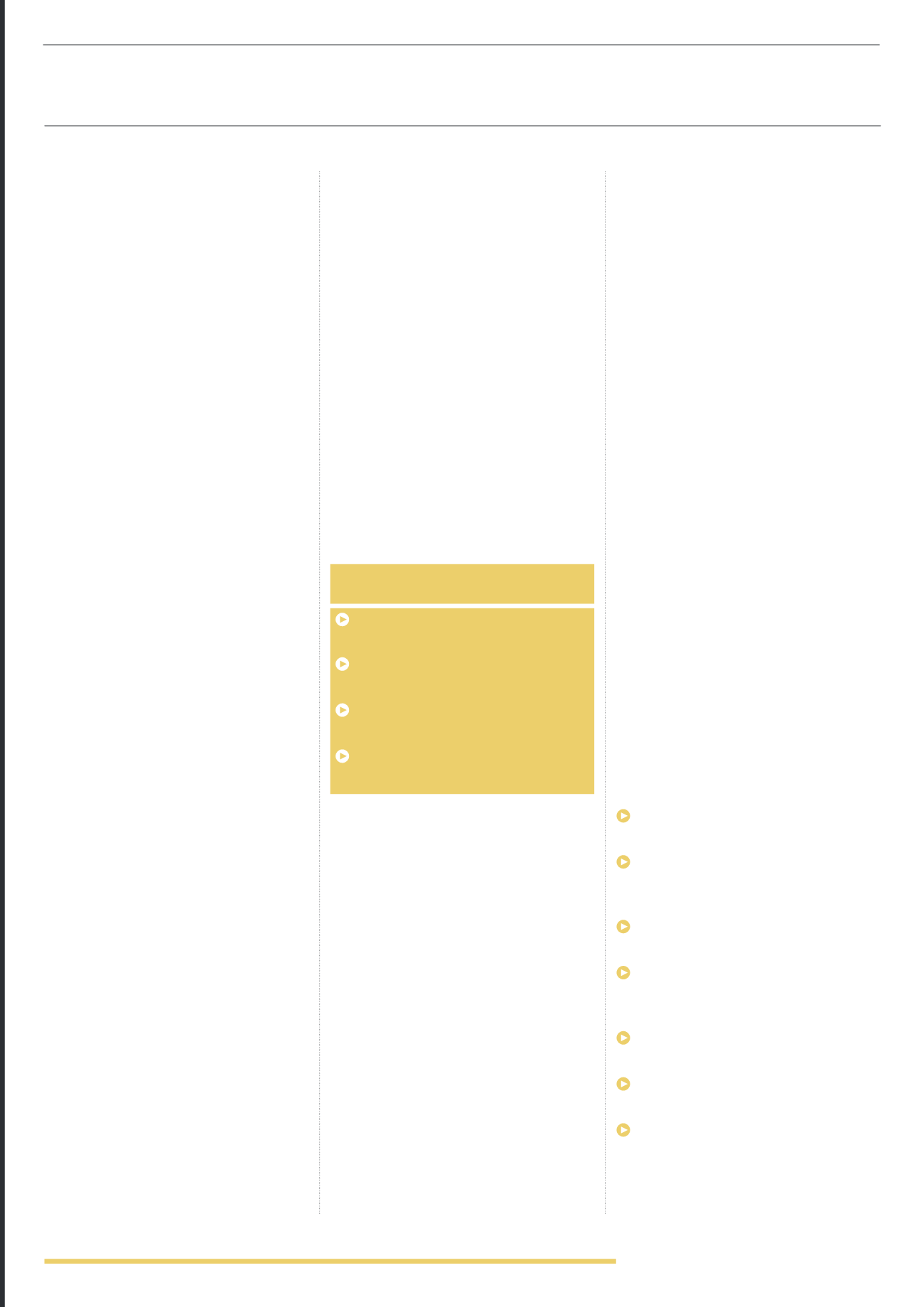
17
DIVERSIFICATION
This leads us nicely onto the third key plank
of the investment case, diversification - the
cornerstone of modern portfolio theory. As
many investors found out to their cost in
the 2008 crash, mainstream assets that had
appeared to provide diversification in the
good times were actually highly correlated
when markets turned down. Developed
and emerging equities, bonds and property
all turned negative at the same time and
prices across these assets all fell sharply.
What the 2008 crash made apparent was that
additional, genuine sources of diversification
are required to provide portfolio insurance.
This means identifying assets that are not
correlated with the mainstream public
markets in any conditions. Rare stamps
and coins seem to fit the bill. As noted
above, prices are driven by collectors and
the inverse supply and demand curve. They
are not connected to the global economy
or public markets in any meaningful sense.
In fact there is something of a negative
correlation – with stamps in particular
seeing an uptick in their performance
in 2008 as investors scrambled to find
tangible safe havens for their wealth. This
was supported by the research by Dimson
and Spaenjers
1
(2011), Fischer and Firer
6
(1985) and Veld
7
(2007) who each found that
stamps had a low correlation to equities
and other mainstream asset classes.
There is no doubt that both stamps and
coins have diversification benefits, but these
benefits are tempered by a kind of wealth
effect – prices are broadly linked to the
spending power of the collector base, which
may decline in a recession. This was seen
through reduced spending on investments
of passion as was highlighted in the 2009
issue of the World Wealth Report
4
.
TANGIBLE ASSETS
That links to the final diversification benefit:
stamps and coins are tangible. One fear
that struck many investors (and not just
investors but plain vanilla savers as well) in
2008 was that cash itself was under threat.
For the first time in a long time savers had
to face up to the fact that bank deposits
are not necessarily safe, as Northern Rock,
RBS and other high street banks wobbled.
Secondly, in the aftermath of the crisis
it became apparent that governments
and central banks were going to inflate
their way out of debt and print money to
stimulate the economy; hence we have
witnessed an unprecedented period
of low interest rates and monetary
stimulation through Quantitative Easing
– devaluing cash and penalising savers.
The threats to cash meant that it was no
longer a safe haven where investors can
store wealth until the crisis blows over. This
resulted in demand for more tangible stores
of wealth such as gold, coins and stamps.
Perhaps the best indication of the
diversification benefits of stamps and
coins can be seen from the chart on
page 13, with both markets ticking up
at the same time as other mainstream
Specialise and become an expert in a
certain field/topic
Invest in classic and investment grade
stamps only
Purchase very fine or extra fine copies
and be prepared to pay a premium for them
Patronise auction houses
Source: Fischer 1985
BASIC RULES FOR STAMP
INVESTING
CONSIDERATIONS
#1 INFLATION
Hinted at earlier, high inflation can
erode people’s wealth if it is stored in
cash. Tangible assets tend to rise with
inflation. Stamps and coins generally have
a positive correlation with inflation – i.e.
when prices rise, so does the value of
stamps and coins. Once again, Dimson
and Spaenjers’ research supports this
1
.
#2 HOW MUCH TO ALLOCATE
Stamps and coins should not form the
core of a portfolio. The investment
case is based around an argument for
including uncorrelated assets to build a
diversified portfolio. A small allocation as
part of a satellite portfolio of alternative
investments makes sense. This satellite
portfolio might form 5-10% of an investors’
total wealth depending upon their
appetite for risk and capacity for loss.
#2 INVESTMENT HORIZON
Stamps and coins are a medium to long-term
investment. Transaction costs can be high
and certain items can sit on price plateaus
for considerable periods of time until a new
burst of interest pushes prices higher again.
Most investors have a 5-10 year investment
horizon as a minimum. Some of the best
known successful investment portfolios of
stamps and coins were held for nearly half
a century
3
. Although interestingly Dimson
and Spaenjers
1
found that there were only
small differences in the growth achieved
between a 25 and 40 year holding period.
Stamp collecting is growing hugely popular
in Asia – roughly two thirds of the world’s
60m collectors are in the Far East, with
collectors keen to own high status heritage
assets and investors keen to diversify
their portfolios. As with most ‘Emerging
Asia’ stories, the two big drivers are China
and India. In China, stamp collecting was
bizarrely banned under Chairman Mao
until 1976. Now newly wealthy Chinese
are keen to buy back their heritage and
it is estimated that there are nearly 20m
serious collectors in China. According to
The Hurun Wealth Report 2012, 64% of
Chinese millionaires invest in luxury goods,
with rare stamps particularly popular.
India has a strong philatelic heritage.
Examples of Record Breaking Sales in Asia:
1886 Horse and Dragons
(sheet of 25) ($1.3m – 2010)
1968 Mao’s Inscription to
Japanese Worker Friends (block
of four) ($1.15m – 2011)
1968 large-size Whole Country
is Red ($1.15m – 2012)
1904 Edward the VII 6 stamp overprinted
with “IR Official” (£375,000 – 2010) in
Singapore
Hong Kong 96c Olive Bistre (block of
four) (HKD 6.4m – 2011) in Hong Kong
Plate 77 Penny Red (£550,000
– 2012) in Hong Kong
Reunited block of 12 2d blues
(£950,000 – 2013) in Australia
Source: Paul Fraser Collectibles, China Guardian, Wall
Street Journal, Telegraph
“Wealthy individuals can always commission another superyacht, but they can’t buy another
Treskilling Yellow, one of the world’s rarest stamps”
Mohammad Kamal Syed, Coutts


